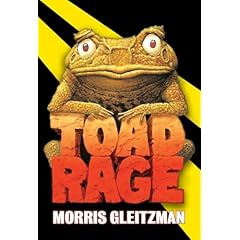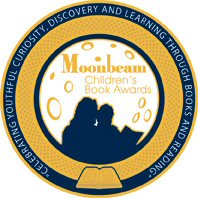
Not many posts lately as I have spent so much time touring. Aside from judging a writing contest for the Canadian Children’s Book Centre, hosting our speaker for the last Children’s Literature Roundtable meeting of the year, and, of course, writing, I am not busy. Can’t even garden since everything is covered in at least a foot of snow; yes this is the West Coast! So, I hope to catch up on my reading and book blogging..
I did manage to read Sylvia McNicoll’s A Different Kind of Beauty but haven’t had time to write about it until now. It is apparently a sequel to Bringing Up Beauty, which was published in 1999 and won both the
A Different Kind of Beauty has two narrators. The story begins with Liz who is fostering a lab for the Lions Foundation who trains dogs for the visually impaired. Beauty is the second dog that Liz’s has fostered and this time she is determined not to have her heart broken when it’s time to give the dog up. The turmoil of a pregnant older sister who has moved back home to get away from her abusive fiancé, and an ex-boyfriend who sends mixed messages melt her resolve to keep Beauty at arm’s length. When Beauty turns out to be terrified of sudden loud noises, Liz can’t hold back. She has to give Beauty her all even if it means breaking her heart again.
Kyle is the second narrator, and his story begins in
Kyle and Liz cross paths on several occasions, but it takes loss and Beauty to bridge their differences. McNicoll skillfully weaves their tales together without being predictable. I liked the fact that there were no pat solutions, only real characters with real lives that involved real problems. Secondary characters were just as well developed and believable. I haven’t’ read McNicoll’s earlier book, but I’ll definitely put it on my list.










